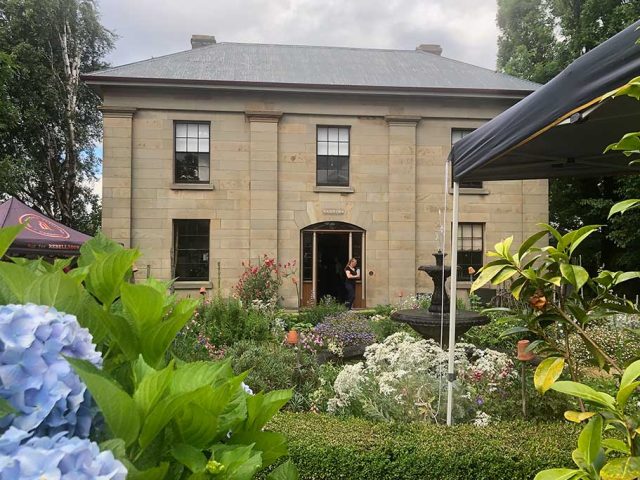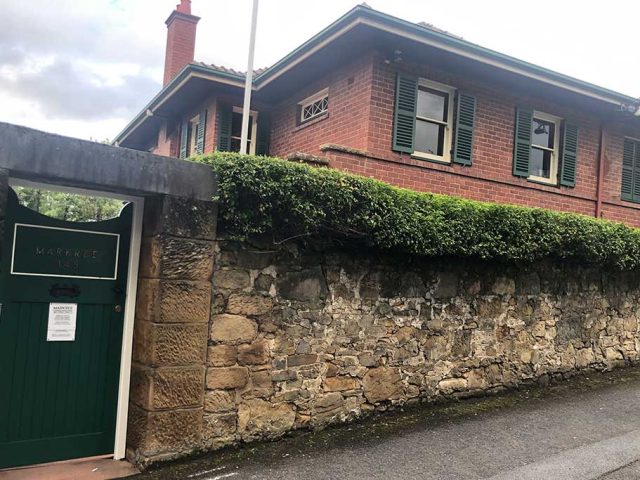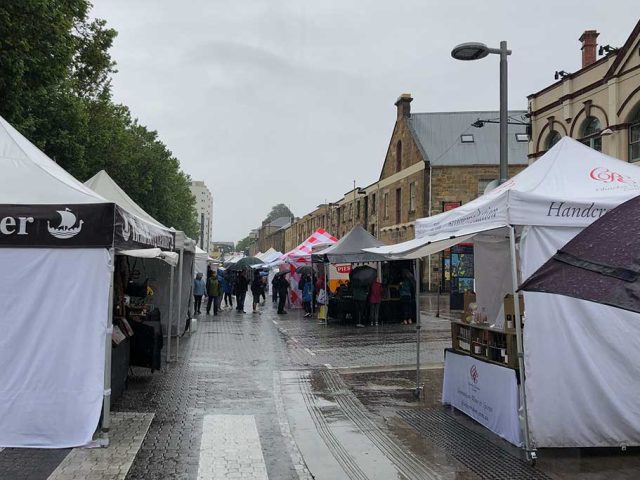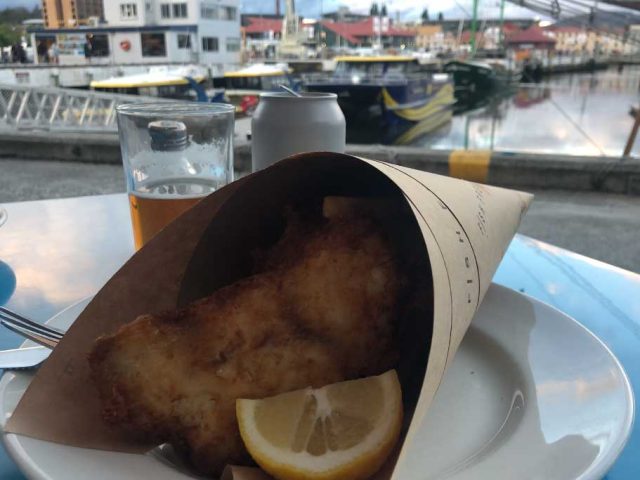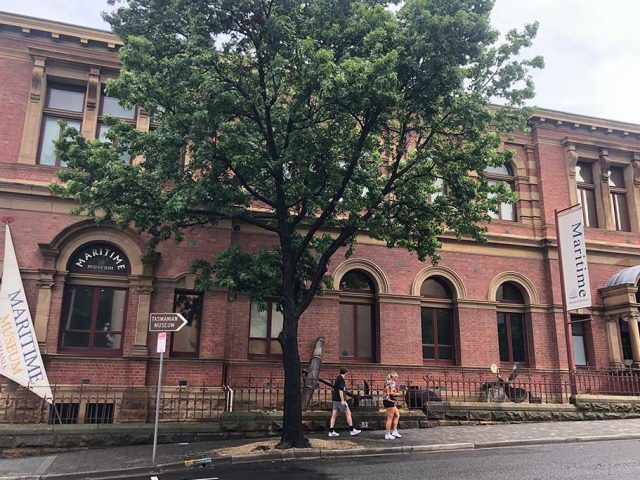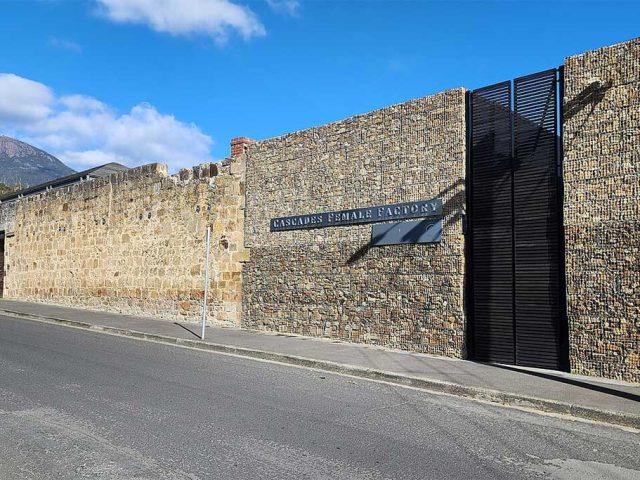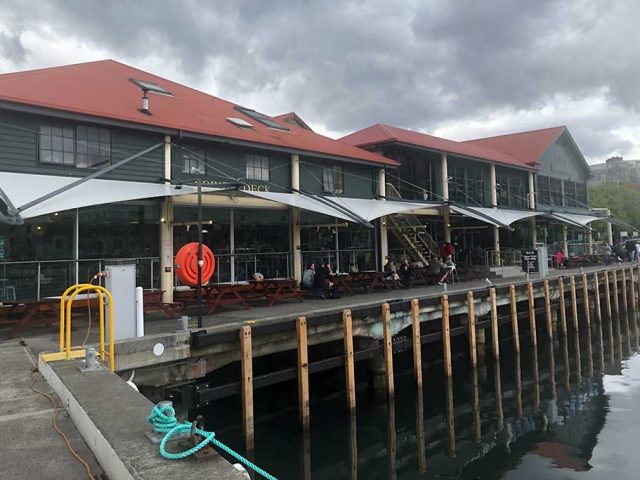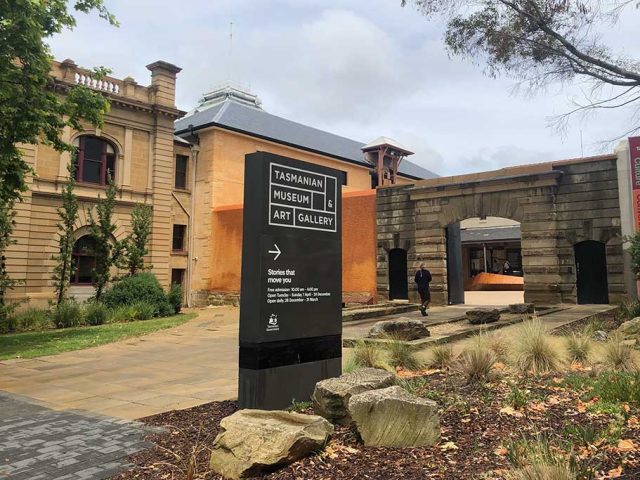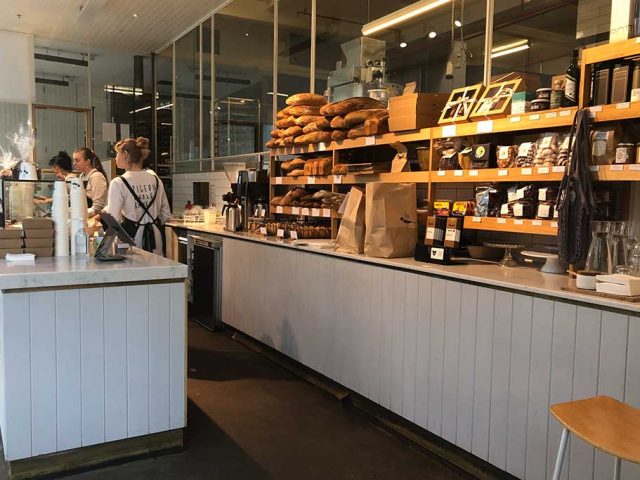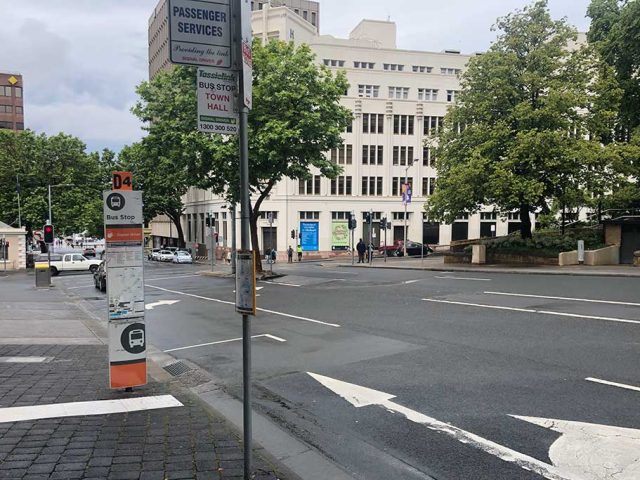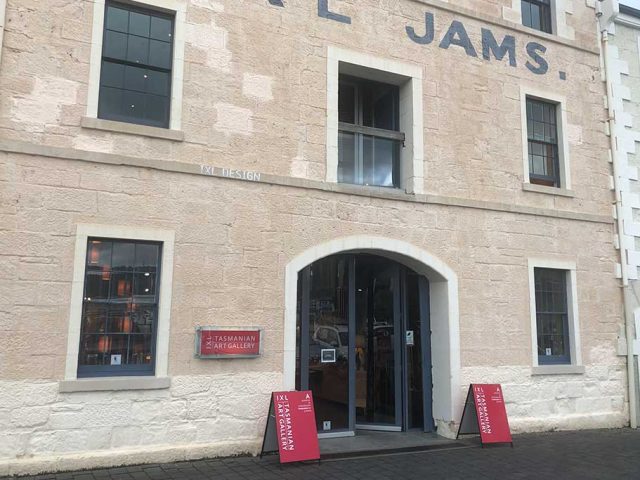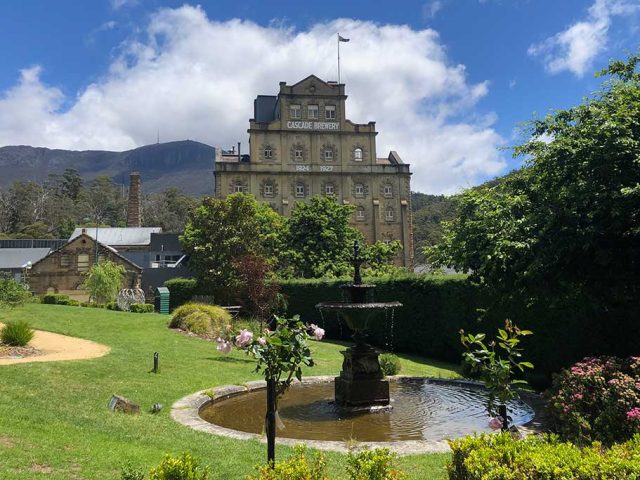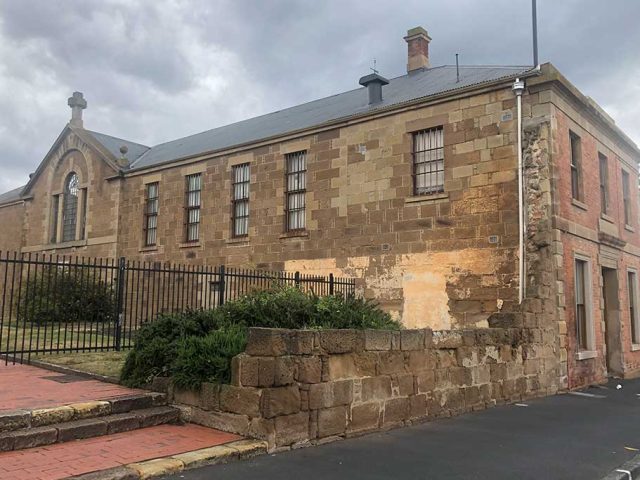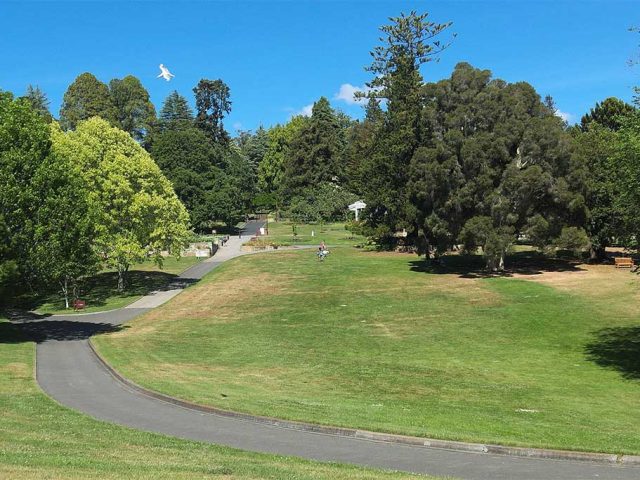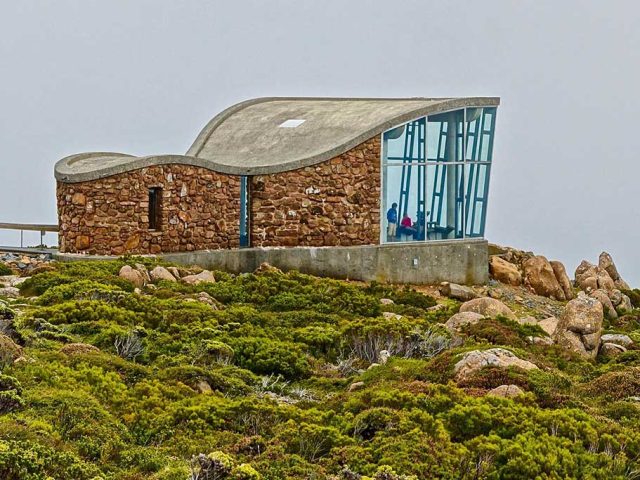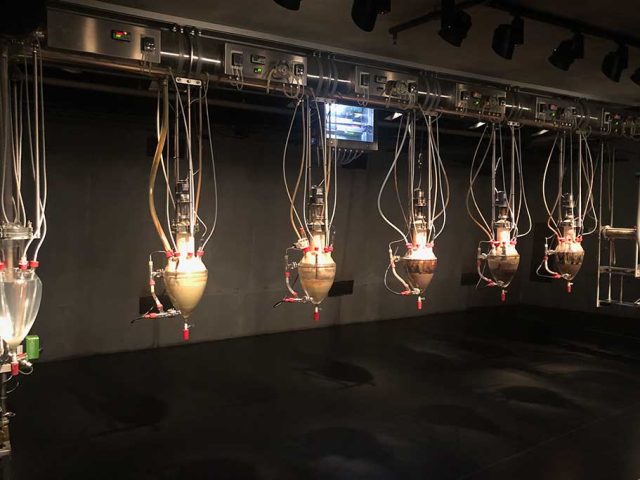John Elliott Classics Museum
Ancient Mediterranean artefacts in Hobart
The John Elliott Classics Museum is located at the University of Tasmania. It displays artefacts from ancient Mediterranean civilisations, including Greece, Rome and Egypt.
The museum is named after John Elliott, a former classics lecturer at the University of Tasmania. Elliott played a key role in building the museum’s collection. The museum was established in the mid-20th century and has grown through donations and acquisitions. Many pieces were acquired through connections with scholars and institutions around the world.
The collection was initially aimed at supporting classical studies at the university. Over time, it became a resource for the wider community. The museum holds artefacts from civilisations that shaped Western culture. This makes it an important educational and cultural institution in Hobart.
Through its displays, the museum provides insights into the lives, beliefs and art of ancient societies. It is the only museum in Tasmania dedicated to classical antiquities. As such, it is significant to both academics and the general public with an interest in ancient history.
What to See at the John Elliott Classics Museum
The museum’s collection is small but historically important. Visitors can see artefacts from Greek, Roman and Egyptian cultures. The exhibits are arranged thematically, covering art, religion, daily life and death in the ancient world.
One highlight is the pottery collection. This includes both everyday vessels and more decorative pieces. Greek vases feature prominently, showcasing ancient craftsmanship and artistry. Many of these vases depict scenes from mythology or daily life.
Sculpture is also well-represented. Small statues and busts illustrate the gods, individuals and mythical figures from ancient cultures. The sculptures demonstrate the artistic techniques of both Greece and Rome.
The museum also has coins, jewellery and other personal objects. The ancient coins provide a glimpse into the economic and political history of the Mediterranean. They often feature images of emperors or deities, reflecting the power of ancient states.
Funerary objects are another point of interest. Egyptian amulets and Greek grave markers illustrate ancient beliefs about death and the afterlife. The museum also displays replicas of famous classical artworks.
The museum sometimes hosts temporary exhibitions or loans pieces to other institutions. This ensures there is often something new for returning visitors. Interpretive materials accompany the exhibits, making the museum accessible to all.
Visiting the John Elliott Classics Museum
The museum is in the Humanities Building on the Sandy Bay campus of the University of Tasmania. It is about a 10-minute drive from the city centre. Public transport options include several buses that stop near the university.
The museum is open Monday to Friday but it is closed during the university’s summer break. Admission is free of charge.
It’s a relatively small museum and many visitors spend no longer than an hour here, although those with an interest in classical history should allow more time.
We may earn a small commission if you book after clicking the links below.
University of Tasmania, Dobson Road, Sandy Bay TAS 7005
Bus 401, 402, 457, 458, 501, 601 (stop: UTAS)
Website exhibit.utas.edu.au
Admission free
Open Mon–Thu 9am–noon & 1pm–4pm, closed for university summer break

